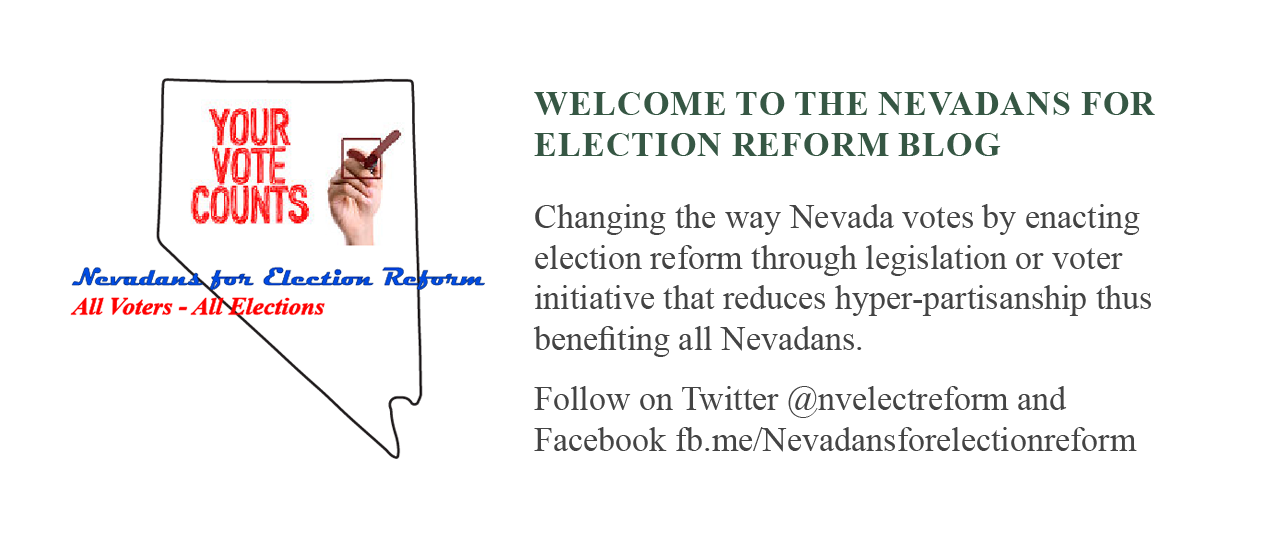In an August 13th blog posting, How
to get the Millennial Generation to the Polls and in The
Millennial Generation, The Future, and NEMRA posted October 19th,
I cover how the Nevada Election Modernization and Reform Act (NEMRA) will
encourage the generation that is our future to increase their participation in
the electoral process. These articles highlight the fact that voters in the 18
to 34 year old range vote in lower numbers than the overall average.
The Millennial Generation is also disillusioned to a greater
extent than the overall voting population with the two major political parties.
This almost ten percent difference is clearly shown in Voters
Registered as Non-Partisan Jump Ten Percent Since Last Election.
Now, CIRCLE, The Center for Information and Research on
Civic Learning and Engagement, out of Tufts University further shows how the
Millennial Generation is an enigma to both the Republican and Democratic
Parties. This does not need to be the case. Rather than ignoring the largest
generation since the Baby Boomers, both major parties should accept the
challenge of bringing them into the process, encouraging them to become
involved, and perhaps register as a member rather than as independent. In Nevada, NEMRA is the catalyst and tool to
accomplish this.
In its report, Eight
Takeaways About Young Voters and the 2014 Election, CIRCLE lists the
top two as “Youth propensity for being independent poses a conundrum for political parties
and democracy” and “Missing Mobilization”. Millennials are registering as
independents in greater numbers. Since party registration is often stressed
over issues in today’s campaigns, political parties are not tapping into this
large pool of voters. And since they are not affiliated with a political party,
Millennials are overlooked in mobilization and get out the vote efforts.
Political parties and elected officials can maintain the status quo and
continue to ignore the upcoming future generation of voters and office holders
or they can take the proverbial bull by the horns, embrace the differences
between old and new, and thereby create a more meaningful and responsive
government.
The Nevada Election Modernization and Reform Act (NEMRA) is the means to
accomplish the goal.
